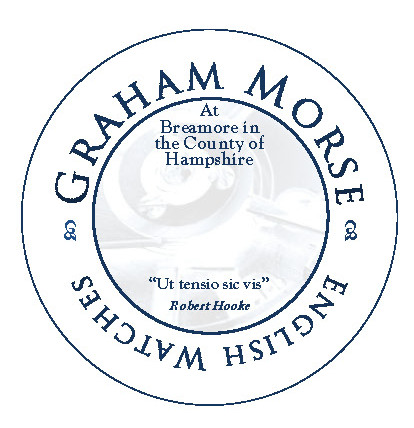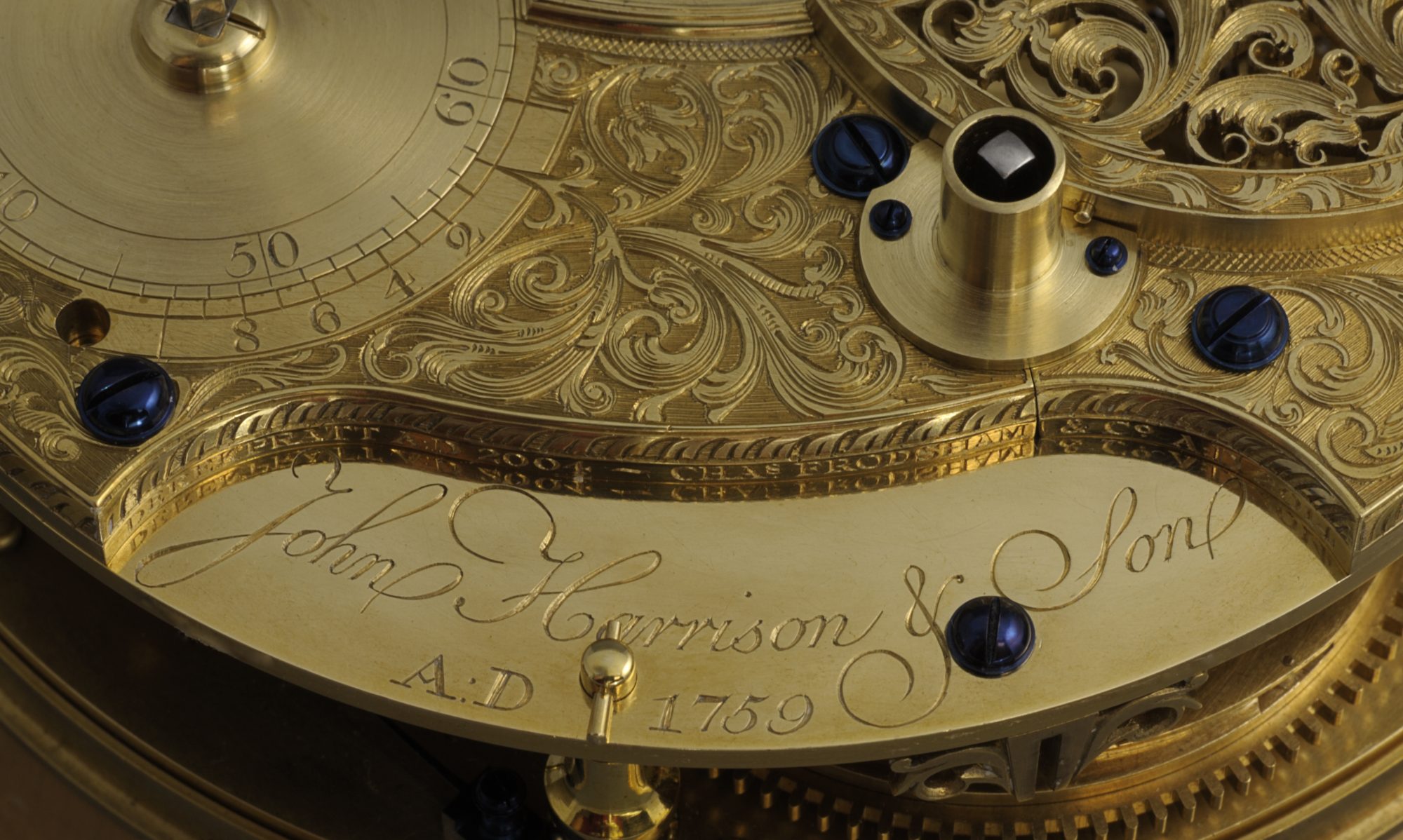6 February 2020
Three Restorations: Tales of 18th Century Survivals

Graham, Morse
Before retiring from Xerox in 2013, I had been fascinated by
horology since I bought, on a whim at a local auction some 30 years before, a
French black marble mantel clock. After repairing it, and in the process being
persuaded by a local clockmaker to join the BHI Wessex Branch, I progressed
from these clocks, via a brief foray into wristwatches, to the world of English
watches from the 18th and early 19th centuries. I think much of the attraction
of this field for me lies in the largely handmade nature of these pieces and
the complexity of the trade, comprising such a multiplicity of crafts, which
produced them. The nature of their manufacture frequently gives rise to the
necessity to make replacement parts from the raw materials, something I
sometimes find challenging but always most rewarding.
My involvement with the Wessex Branch has deepened, from initially taking over
the maintenance and running of our auction database software and its general
administration, to now having been Chairman since Andrew James stood down in
2017 in order to devote more time to his Clockmaker’s Company roles. (Andrew’s
recent death at a tragically young age has left us all deeply saddened).
I’m also a member of the Antiquarian Horological Society, the Dorset Clocks
Society and the NAWCC.
The presentation deals in some detail with the repair and restoration of three
pocket watches made in the 18th century, which came to me in need of various
interventions.
- A 1762 English verge signed for James Ivory with several structural problems, which ended up being a full restoration including re-plating the cases and making a pair of the correct hands for the dial.
- A 1788 English cylinder with a centre seconds hand, signed for John Starey, but made to the design and standards of George Graham, which was bought at an auto-jumble by its present owner, with the vendor suggesting that it would be suitable for mounting with a clip on the handlebars of a motorbike! This needed new hands as well as some other work.
- A c.1750 English verge quarter repeater signed for Robert Higgs, which had been somewhat bodged in earlier repairs, in spectacular gold pair cases.
